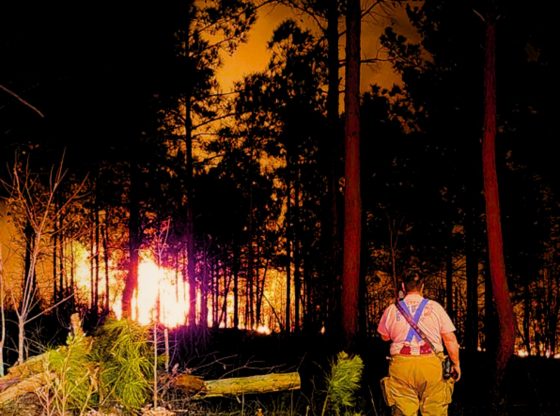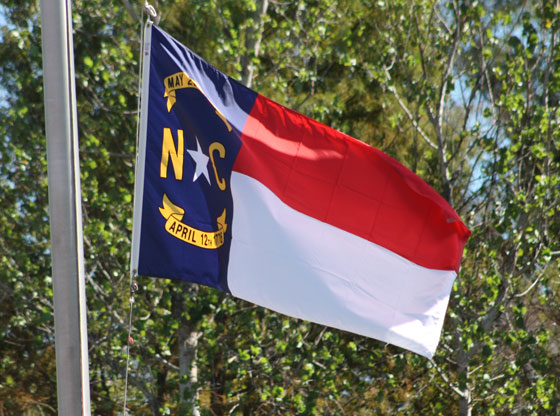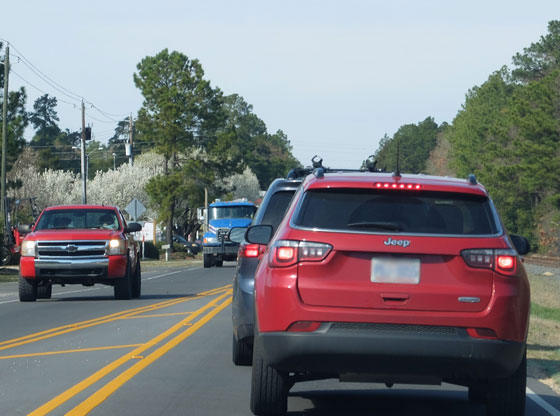Unusually high wildfire risk persists across the south, with hundreds of active wildfires spanning 11 of the 13 southern states. The USDA Forest Service continues to respond to these wildfires after nearly a month of intense fire activity across the region and urges the public to remain cautious while working or recreating outdoors.
“We are supporting state forestry agencies and local fire resources,” said Shardul Raval, Fire and Aviation Management director for the Forest Service’s Southern Region, in a press release. “The interagency response has been robust.”
Current Situation
Extraordinarily low humidity and frequent high wind events have persisted throughout March in the Southern Appalachians, foothills and Piedmont, resulting in accelerated drying of vegetation and timber debris left in the wake of Helene’s destruction. States like North Carolina, Georgia, Tennessee, South Carolina and Virginia have seen increased wildfire frequency with a much higher than average number of large wildfires.
The Southern Plains, across Texas and Oklahoma, also anticipate continued abnormally high wildfire behavior. Drought conditions and frequent wind events persist, driving large-scale wildfire outbreaks.
Record-breaking Trends
This comes as the southern states continue to grapple with sustained, above-average fire activity, with more than 181 fire ignitions burning more than 250,000 acres since January. For reference, the South by this time in 2023 had 23 fires that burned 18,000 acres, and in 2024, 28 fires that burned 41,000 acres.
The south entered Preparedness Level 4 on March 21, 2025, which is the second-highest level for wildland fire activity. At level 4, several areas in the region are experiencing large, complex wildland fire incidents, which have the potential to exhaust regional and national wildland firefighting resources.
Public Safety Message
These fires have impacted structures and homes. Members of the public should stay informed of any fire activity near their location and should heed evacuation notices. Do not wait until it is too late!
The Forest Service is working quickly to contain fires on National Forest lands as well as to support states and local firefighting units. The Black Cove Fire in North Carolina has emerged as a top priority incident for the region, along with the Table Rock Complex in South Carolina; both are being managed by Complex Incident Management Teams.
“Containing these wildfires is a challenge. They are frequently crossing natural barriers and containment lines that in other years are considered solid,” added Raval.
Aviation Safety – Drone Awareness
The Forest Service has 43 assigned aviation assets assisting across the region as of Tuesday, March 25. These airborne firefighting assets can deliver thousands of gallons of fire retardant or water to mitigate wildfires. https://www.nifc.gov/resources/aircraft/airtankers
Members of the public are also urged not to fly drones near areas of wildfire suppression activity. Drones interfere with aviation assets and can cause damage or even ground the assets, making fire suppression activity even more difficult.
Feature photo: Firefighters battle a fast-moving wildfire in Cameron at the beginning of March. Photo courtesy of Cypress Pointe Fire Department.
To sign up for the free Sandhills Sentinel breaking news and weekly e-newsletter, please click here.
Contributed article.



















